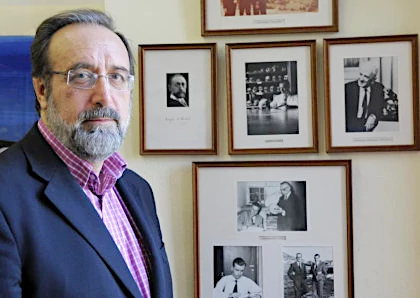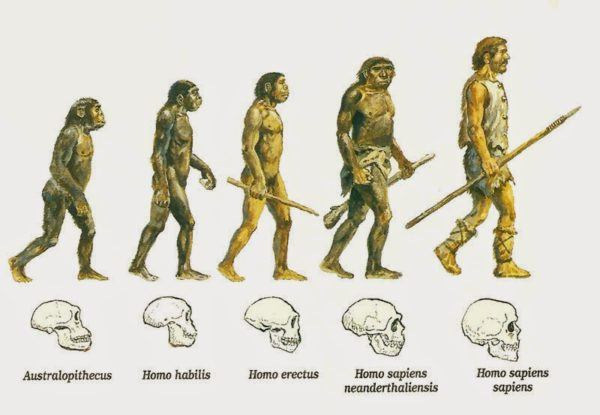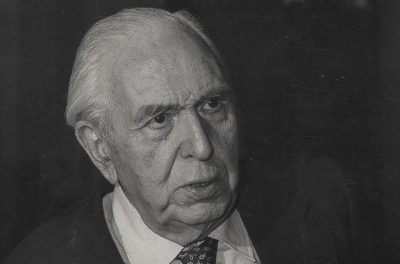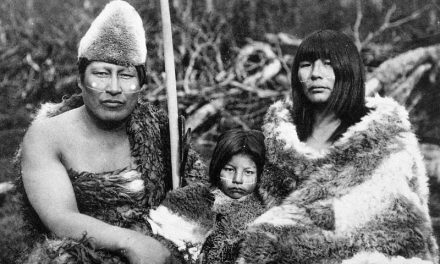
Dr. Daniel Turbón
Daniel Turbón, professor emeritus of Physical Anthropology at the University of Barcelona and full academician of the Royal European Academy of Doctors-Barcelona 1914 (RAED), participated last 19 and 20 March in Rome at the 24th International Research Conference, in this edition dedicated to “Human Nature, Soul and Body”, with the paper “The distinctive character of human being in evolution”. The event is organized jointly by the Maritain Center of the University of Notre Dame in Chicago and the Pontifical University of the Holy Cross in Rome.
The Conference was attended by philosophers and scientists from different countries and nationalities. The sections dealt with the Historical and Cultural Perspective, Metaphysics and Epistemology, Psychoanthropology and Human Evolution. It was in the latter where Turbón participated offering an updated panorama of evolution based on both molecular biology and the human fossil record. “The study of the stones carved in paleolithic times, although still valuable, has been devalued, since some of the so-called prehistoric cultures could simply be techno-complexes, today the comparative study of DNA chains of human genomic diversity, as well like those extracted from ancient bones and teeth, they have almost been standardized and provide a wealth of information, such as the presence of the FOX-P2 regulatory gene in Neanderthals, that is, the gene that regulates the capacity of human speech originated in our brain”, said the academician in his speech.
The second idea influenced by Turbón is that of the interaction between biology and culture. “The human being has generated an extracorporeal adaptation, culture, which allows him to survive by accumulating and transmitting information not inscribed in the genome, but circulating in the social group, explaining the disappearance of great cultures of History, but not the genome. of the descendants of those who built them. In the same way the emergence of new and more advanced cultures is explained”.
Other topics derived from the development of molecular archeology are the so-called mitochondrial Eve and chromosomal Adam. As genetic concepts, very popularized by the media and popular science, they aren’t always well understood. Hence, Turbón clarified these concepts: “The mitochondrial Eve, which intentionally evokes the biblical Eve, was a single woman but it isn’t always the same, what sows confusion, besides, she wasn’t the only existing woman. The same thing happens with the chromosomal Adam. The average molecular clock, calculated by the DNA strands of today’s human diversity, dates back in half a million years to the origin of modern humans”.
 Another fundamental question to which the academician tried to answer is that of when there are humans: “There is no other answer than from the detection of signs of rationality, the quality or the clearly differentiated fact of the human versus the merely animal. Rationality is detected, in the archaeological record, by the geographical persistence and diversity of carved stone sets with asymmetry, which reflect the hand of the director, the use of fire, the care of the wounded and the growing lengthening of the phases of growth and human development, detected in fossil skeletons”.
Another fundamental question to which the academician tried to answer is that of when there are humans: “There is no other answer than from the detection of signs of rationality, the quality or the clearly differentiated fact of the human versus the merely animal. Rationality is detected, in the archaeological record, by the geographical persistence and diversity of carved stone sets with asymmetry, which reflect the hand of the director, the use of fire, the care of the wounded and the growing lengthening of the phases of growth and human development, detected in fossil skeletons”.
“The oldest evidence of the recurrent use of fire by humans, the only animal that manipulates and transmits it, is currently in the South African cave of Wonderwerk and is dated in a million years, to 1.77 million is proven existence of altruism, a behavior that far exceeds that observed in other animals, in the case of a human who survived the loss of all the dentition in life and had to be fed and cared for. Finally, there are two phases of human ontogeny that are only human: children and adolescents, genetically registered, reflect the long human history of the enormous human investment in social education. The result is the ability to behave complex, flexible and versatile, not genetically registered”, concluded Turbón.




